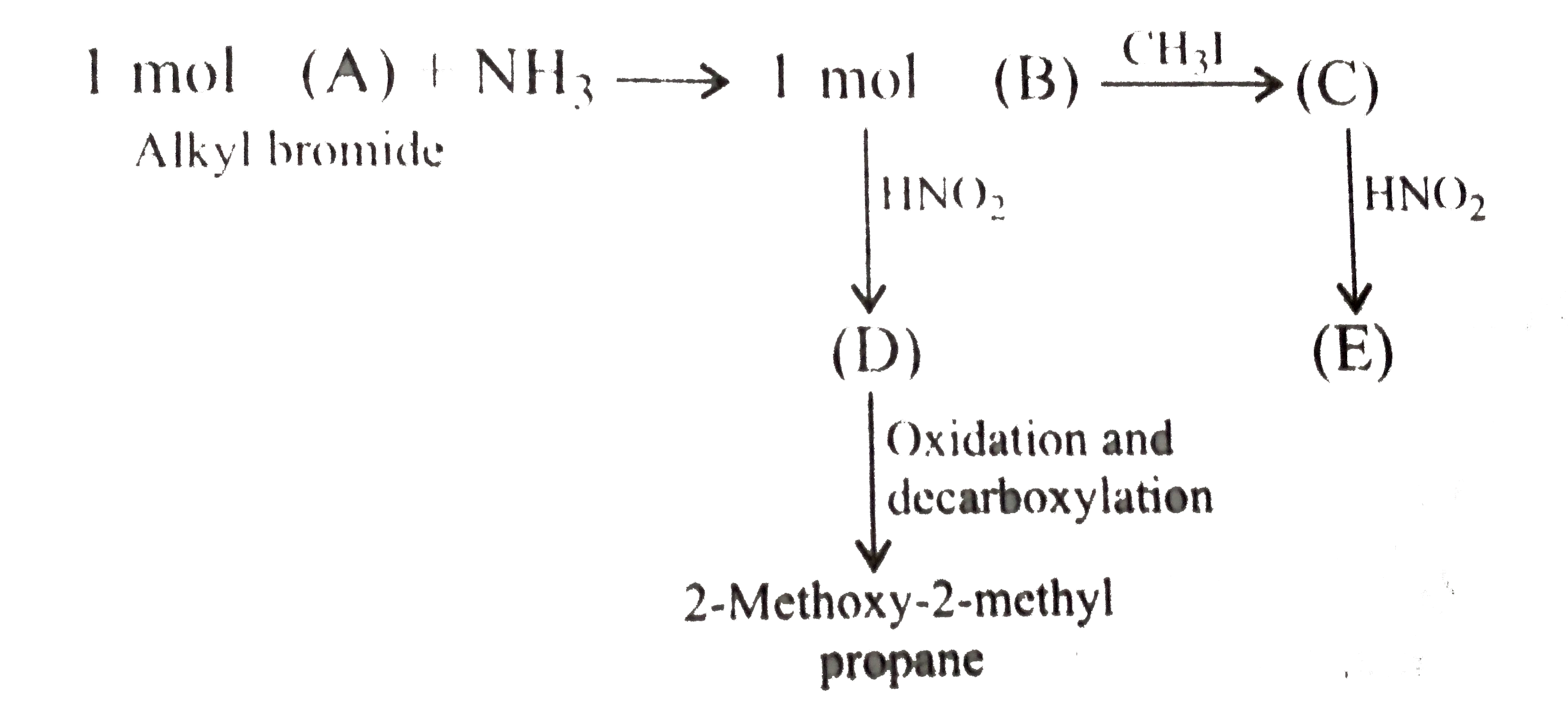 Compound(E)is:
Compound(E)is:
CH3−OCH3∣C∣CH3−CH2−CH2−CH3∣N−N=O
CH3−CH∣CH3−CH∣OCH3−CH2−CH3∣N−N=O

CH3−CH∣CH3−CH2−CH∣OCH3−CH3∣N−N=O
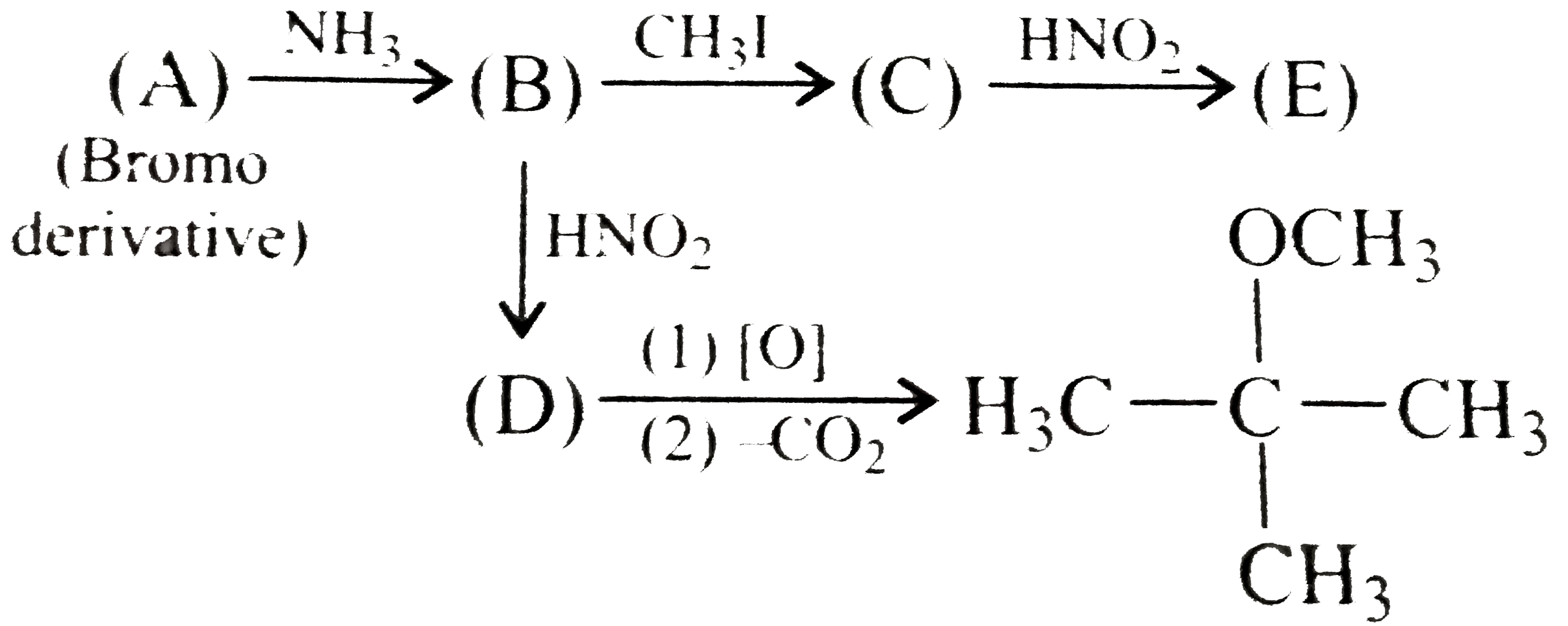
i. 2-Methoxy -2-methyl propane is obtained by the oxidation of (D) followed by decarbozylation and thue (D) is
CH3−OCH3∣C∣CH3−CH2CH2OH
ii. (D) is formed by the action of HNO2 on (B ) thus (B ) is
CH3−OCH3∣C∣CH3−CH2CH2NH2
iii. (B) is formed by the acion of NH3 over (A) , a bromodecivatiove .
(A)⇒CH3−OCH3∣C∣CH3−CH2CH2Br
Reactions : 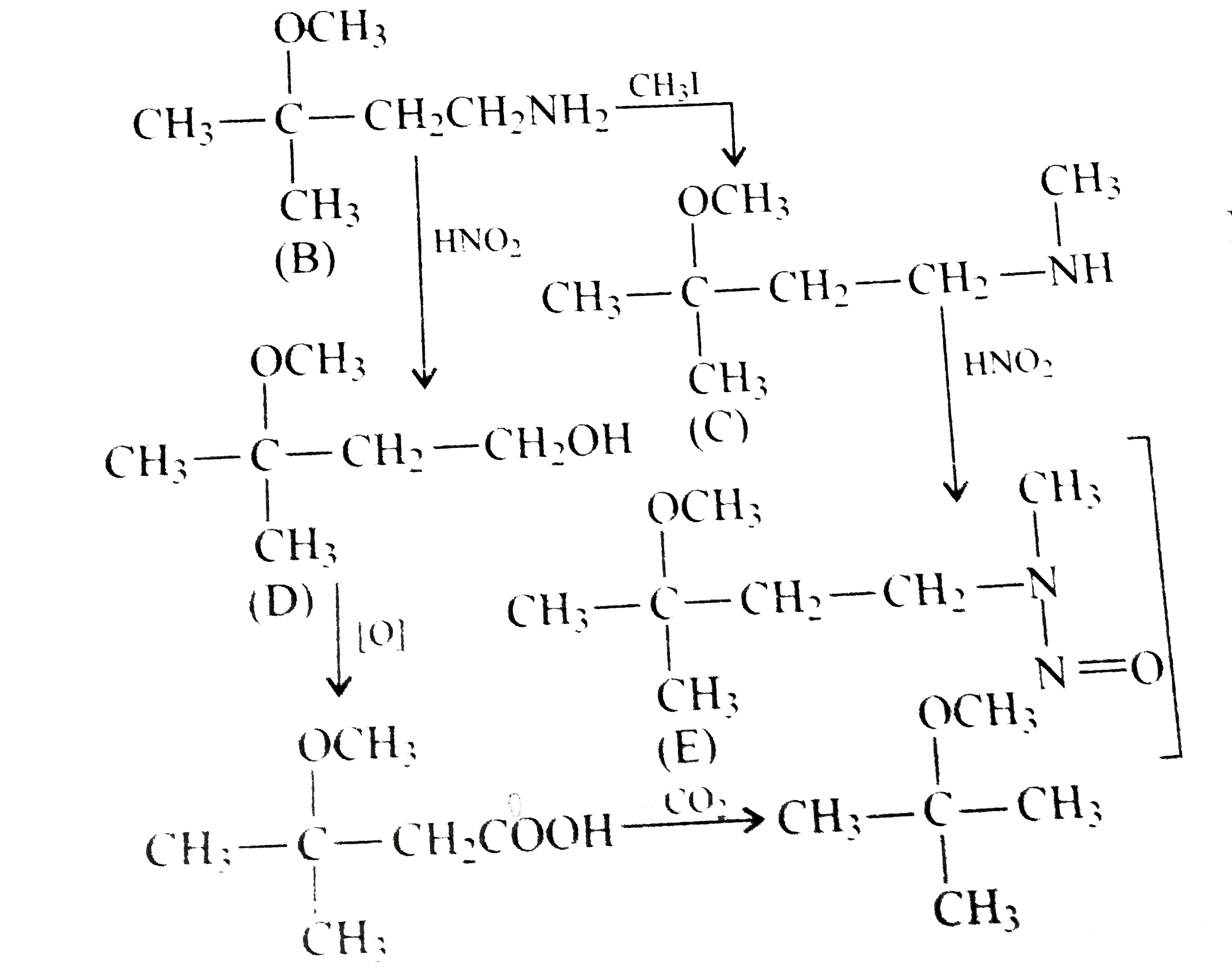 .
.
Topper's Solved these Questions
- BOOK - CENGAGE CHEMISTRYCHAPTER - ORGANIC COMPOUNDS WITH FUNCTIONAL GROUPEXERCISE - Exercises Multiple Correct20videos
ORGANIC COMPOUNDS WITH FUNCTIONAL GROUP
- BOOK - CENGAGE CHEMISTRYCHAPTER - ORGANIC COMPOUNDS WITH FUNCTIONAL GROUPEXERCISE - Exercises Single Correct54videos
ORGANIC COMPOUNDS WITH FUNCTIONAL GROUP
- BOOK - CENGAGE CHEMISTRYCHAPTER - ORGANIC COMPOUNDS WITH FUNCTIONAL GROUPEXERCISE - Exercises Concept Application13videos
ORGANIC COMPOUNDS WITH FUNCTIONAL GROUP
- BOOK - CENGAGE CHEMISTRYCHAPTER - NUCLEAR CHEMISTRYEXERCISE - Archives Subjective13videos
NUCLEAR CHEMISTRY
- BOOK - CENGAGE CHEMISTRYCHAPTER - P-BLOCK GROUP 15 ELEMENTS - THE NITROGEN FAMILYEXERCISE - Exercises Archives (Subjective)28videos
P-BLOCK GROUP 15 ELEMENTS - THE NITROGEN FAMILY
Similar Questions
(i) An aqueous solution of a compound (A) is acidic towards litmus and (A) sublimes at about 300∘C.
(ii) (A) on treatment with an excess of NH4SCN gives a red coloured compound (B) and on treatment with a solution of K4[Fe(CN)6] gives a blue coloured compound (C).
(iii) (A) on heating with excess of K2Cr2O7 in the presence of concentrated H2SO4 evolves deep red vapours of (D).
(iv) On passing the vapour of (D) into a solution of NaOH and then adding the solution of acetic acid and lead acetate, a yellow precipitate of compound (E) is obtained.
Identify (A) to (E) and give chemical equations for the reactions.View SolutionExplain the following observation:
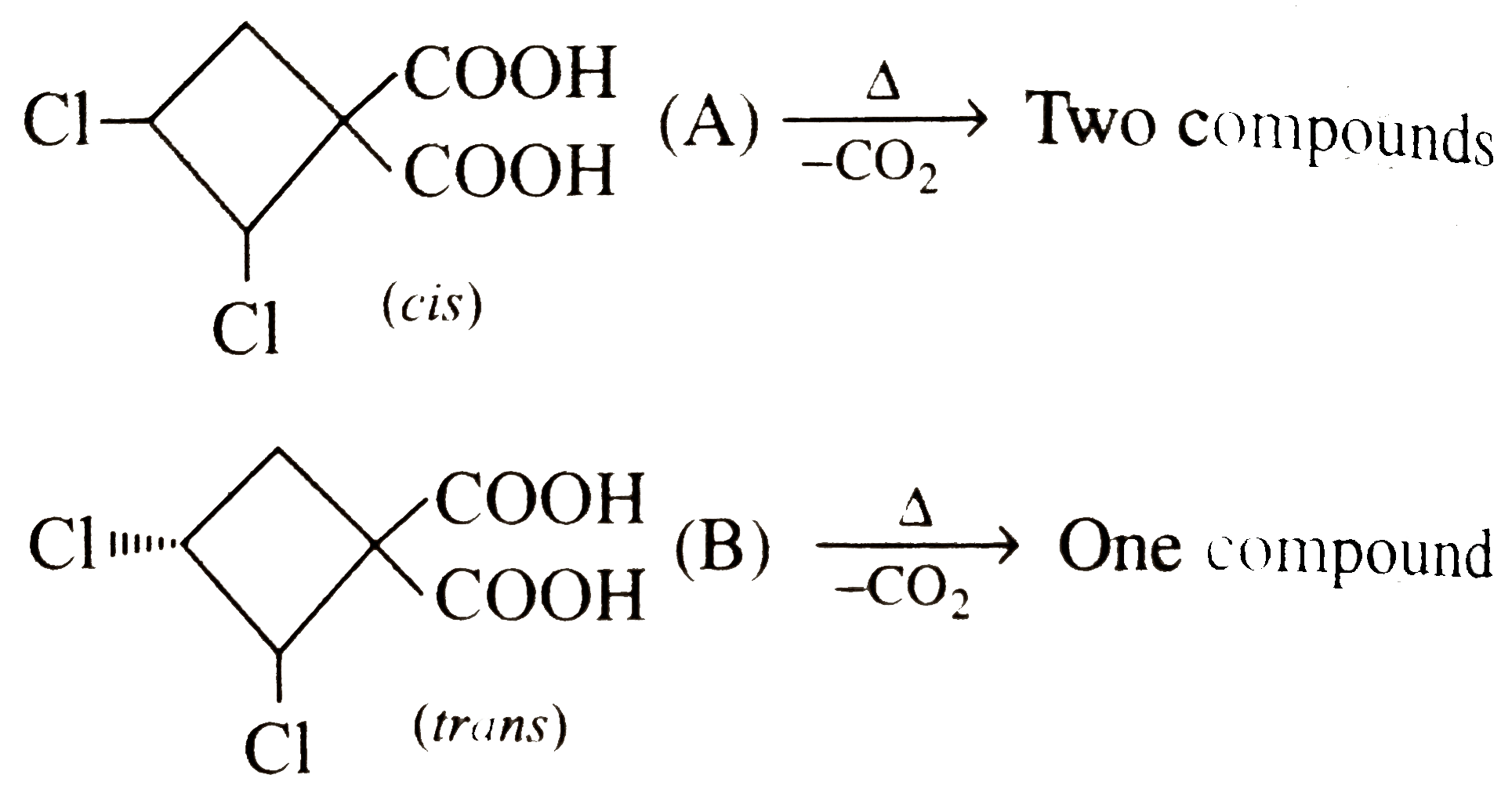 Two compounds (C and D)
Two compounds (C and D)
 One compound (E )View Solution
One compound (E )View Solution
Knowledge Check
- Question 1 - Select One
Colourless salt (A) on heating with NaOH gives gas (B). When reaction of (A) with NaOH was complete, solution obtained on reacting FeSO4 and conc. H2SO4 gave a brown coloured ring (C ) between two layers. (A) on heating strongly forms (D ) and (E). Compound (E ) is neutral oxide of a dibasic acid (F).
What is compound (E)ANO2BNOCN2ODN2O3 - Question 2 - Select One
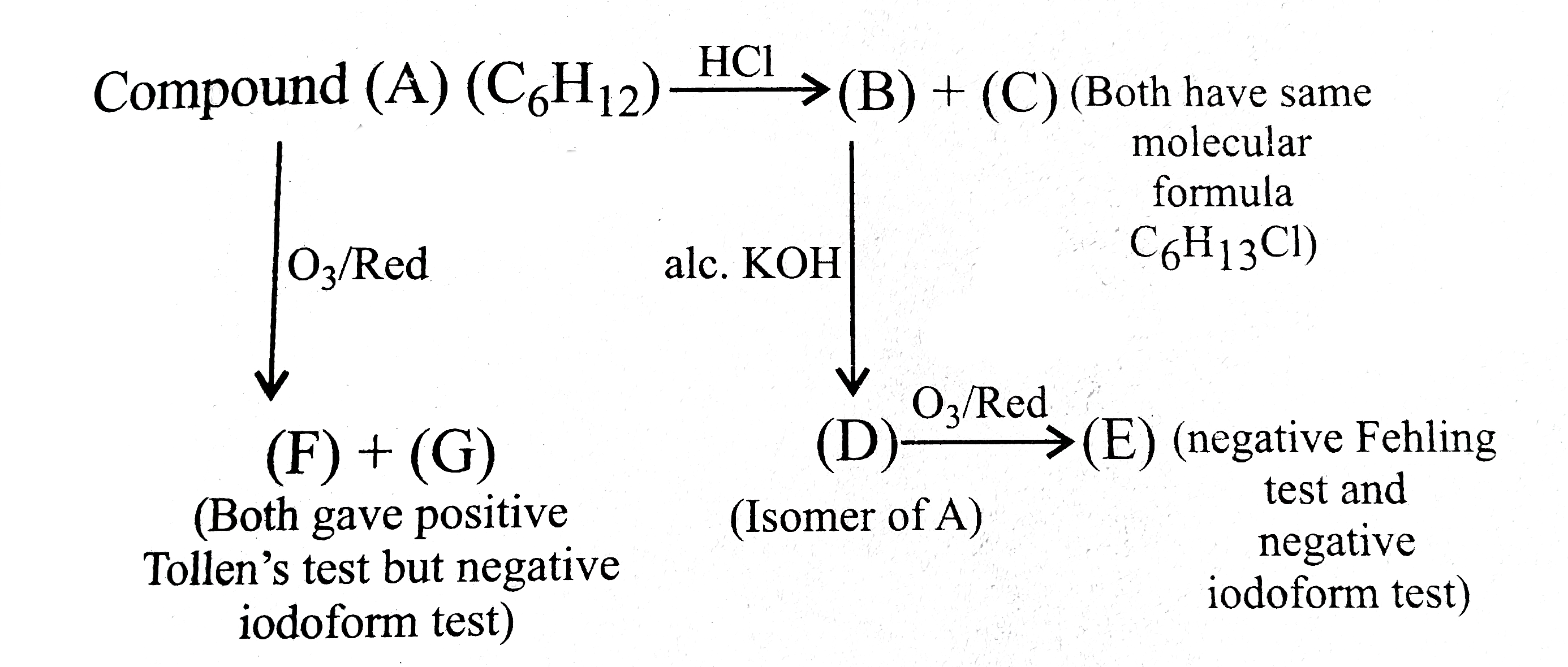
The compounds (E) is:Aa.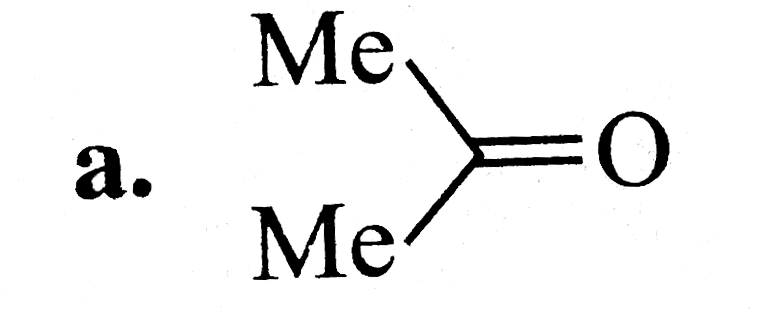 Bb.HCHO+Me3C−CHOCc.
Bb.HCHO+Me3C−CHOCc.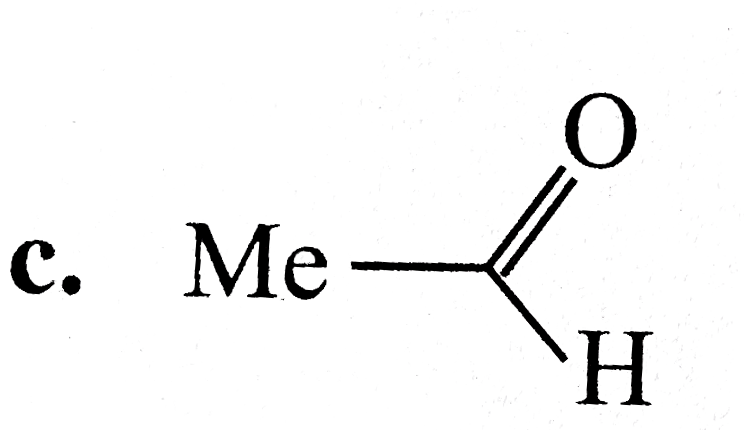 Dd.
Dd.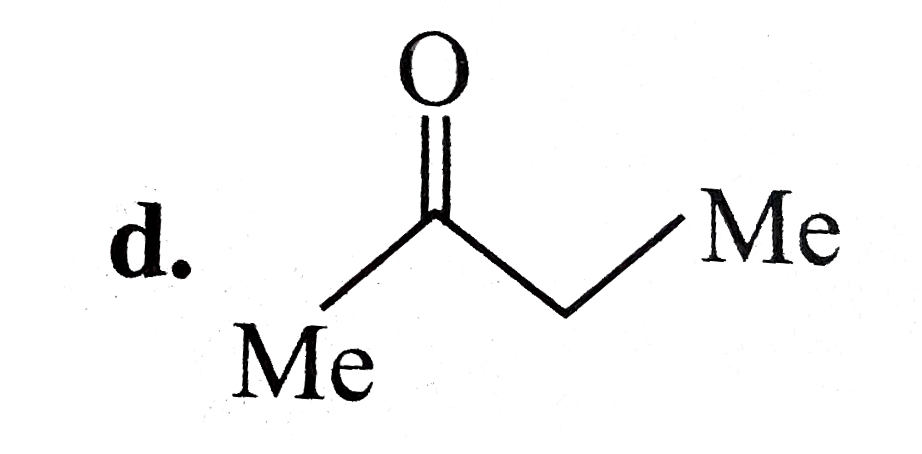
- Question 3 - Select One
Cyclohexene on ozonolysis followed by reaction with zinc dust and water gives compound E. Compound E on furhter treatment with aqueous KOH yields compound F. Compound F is
A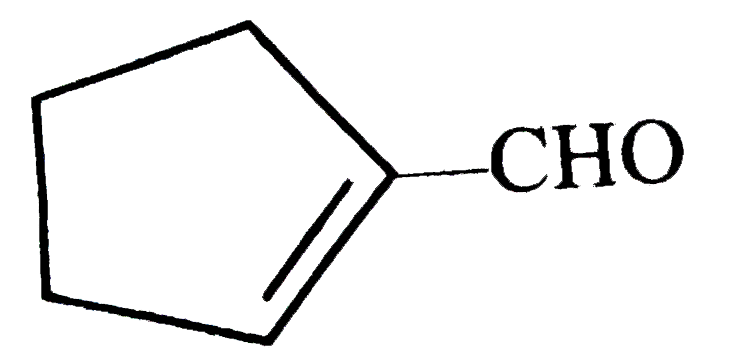 B
B C
C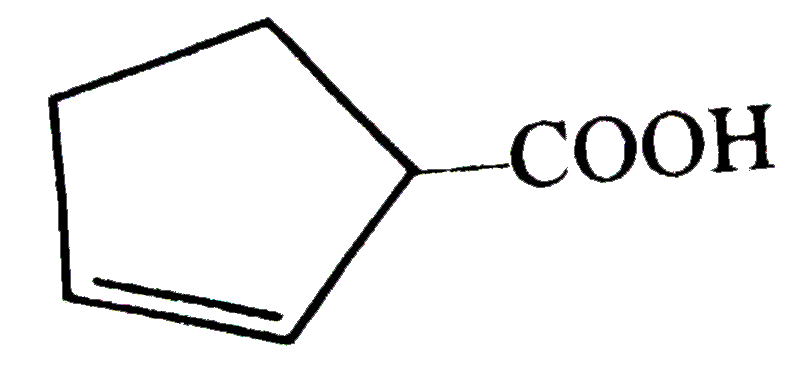 D
D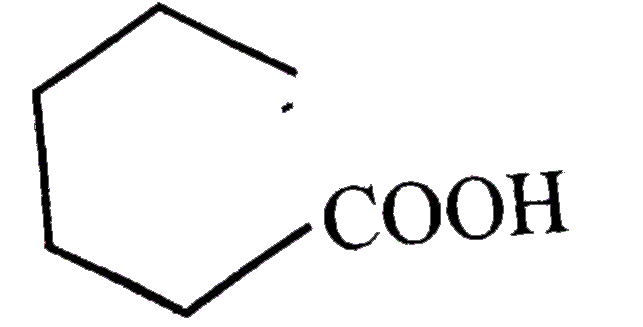
An organic compound (E)(C5H8), on hydrogenation gives a compound (F)(C5H12). Compound (E) on ozonolysis gives formaldehyde and 2−ketopropanal. Deduce the structure of the compouns (E).
View SolutionA translucent white waxy solid (A) on heating in an inert atomosphere is converted to its allotropic form (B). The solid (A) on reaction with very dilute aqueous KOH liberates a highly poisonous gas (C ) having rotten fish smell. With excess of chlorine, (A) forms (D) which hydrolyses to compound (E ). Identify compounds (A) to (E ).
View SolutionCyclohexene on ozonolysis followed by reaction with zinc dust and water gives compound E. Compound E on furhter treatment with aqueous KOH yields compound F. Compound F is
View SolutionHydrogen bonds are formed in many compounds e.g. H2O, HF, NH3. The boiling point of such compounds depends to a extent on the strength of hydrogen bond and the number of hydrogen bonds. The correct decreasing order of the boiling points above compounds is
View Solution(i)A blue coloured compound (A) on heating gives two product (B) & (C).
(ii)A metal (D) is deposited on passing hydrogen through heated (B).
(iii)The solution of (B) in HCl on treatment with the [Fe(CN)6]4− gives a chocolate brown coloured precipitate of compound (E).
(iv)(C) turns lime water milky which disappears on continuous passage of (C) forming a compound (F).
Identigfy (A) to (F) and give chemical equations for the reactions at step (i) to (iv).View Solution

